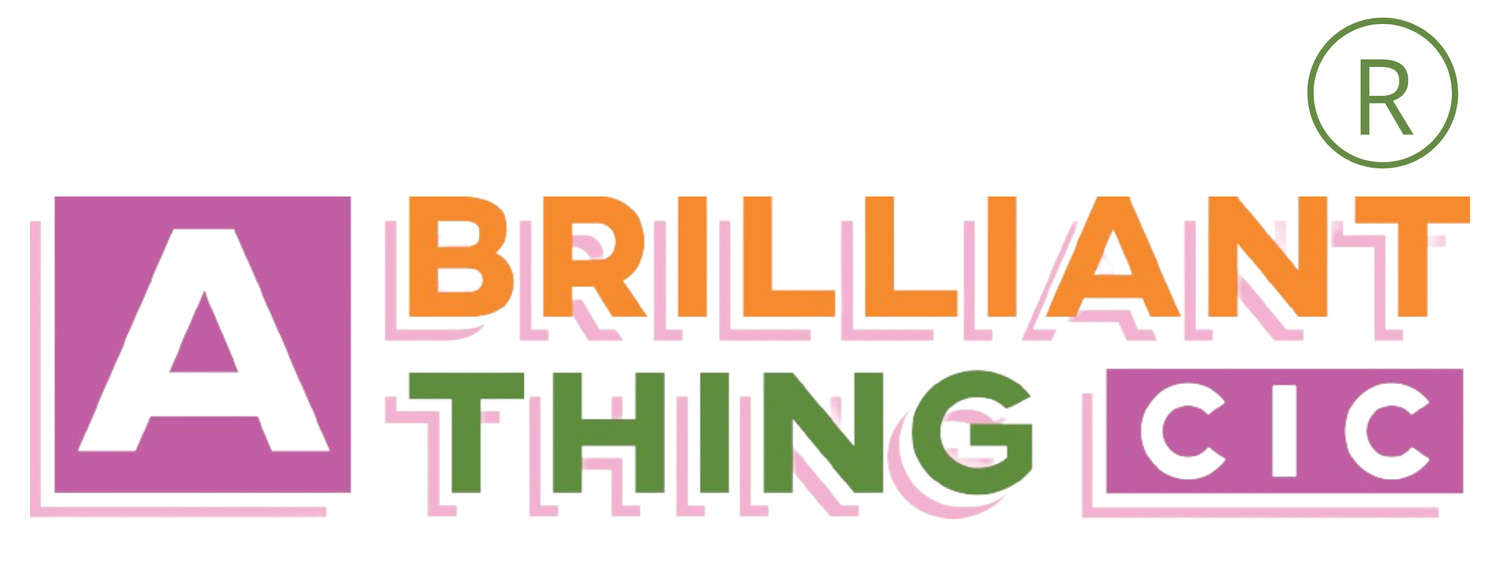Design-Thinking Practices
Think like a designer to develop your business and you will generate new and exciting work, find connections you might not have noticed and make things that really matter to your clients and customers.
At the core of design thinking is placing the end user (customer/client) at the heart of the process then making decisions and organising around the needs and desires of the user.
Donald A. Norman, who wrote Living with Complexity and is one of the worlds leading designers, explains “We must design for the way people behave, not for how we would wish them to behave.”
When I attempted to start a business in 2015 I did the opposite, I created something that was so completely about me and my needs, that I ended up creating a business that I and no one else needed! It helped me get unstuck from old emotional issues and develop my career but was a personal development experience rather than a business that could make change in the world (my ultimate goal)
Then there are the phases,
Empathize—Who is the user? What do they need?
Define—What is the problem you are trying to solve with your business or project?
Ideate—What matters to you and the user? create as many ideas as possible that could make a difference
Prototype—Refine ideas and explore potential solutions
Test—Have a go and test small solutions, tinker and tweak discover what works
Sometimes it feels a bit restrictive following these phases, but ‘a Frame to Dance Within’ which is how I describe the practice of Organisational Development, creates security that you are progressing through a process, allowing creative ideas to flow within.
I find creative thinking exercises really useful within each stage. A junk modelling workshop, physically making a model of your ideal user could explore ‘empathise’- choosing to give your junk character big hands might get you thinking about how practical help is important to them.
Defining the problem you are trying to solve might be easier to do after a visual mapping exercise, thinking about a users pathway and where they might face the challenges that you are interested in solving, by making a map you can find a Guide here.
Ideate can be the most exciting phase! I find giving myself a series of limitations and challenges helps generate ideas. For example when thinking about developing an online course, I gave myself a handful of coloured pens and paper and set a timer for 30mins with a challenge to draw as many versions of the course- as a product I could buy off the shelf. This helped me generate loads of course titles and content ideas.
The prototype phase is where you start to turn the strongest ideas into potential solutions. At this point I like to view the idea through different perspectives, particularly those perspectives that are not my own. You could challenge yourself to explain your solution as if you were an outlandish politician, a powerful CEO, a quiet student, a cultural leader, a mechanic – challenge yourself to think out of your comfort zone! This will uncover new perspectives that you can filter and channel into the solution. This phase is where you need to start involving others. If you don’t want to share at this point it is worth working that through with a coach, mentor or trusted supporter. Try not to get too attached to your solution as it is very likely to change and improve as you test.
Testing can be the most emotionally tricky point. By this stage you will have been refining and will probably be thinking you have the answer! The more attention you have focused on the user through the phases, the more likely you will be near the right solution but you must be open to it changing if you want to make it really matter to the user (so they will buy or engage with it) It can be helpful to do some exercises that help you to ‘let go’. A lovely group one I facilitate involves everyone making a symbolic object (from clay, fabric scraps, natural materials or whatever is available) then gifting to another to develop it a bit further based on their ideas, before receiving back to complete. Both makers then reflect and appreciate the object together. This practice could use writing, drawing or collage as the medium but the important learning that it teaches is the collaborative process of creating something that matters to you and another. The testing phase can then be reframed as collaboration and feels exciting again.
Design-thinking isn’t about creating great art, its about using a creative process, unlocking creative thinking, innovating and imagining and creating solutions that work - and that is valuable to any purpose-led business.
Take a look at upcoming Brilliant Thing events, supporting you to make things that matter

